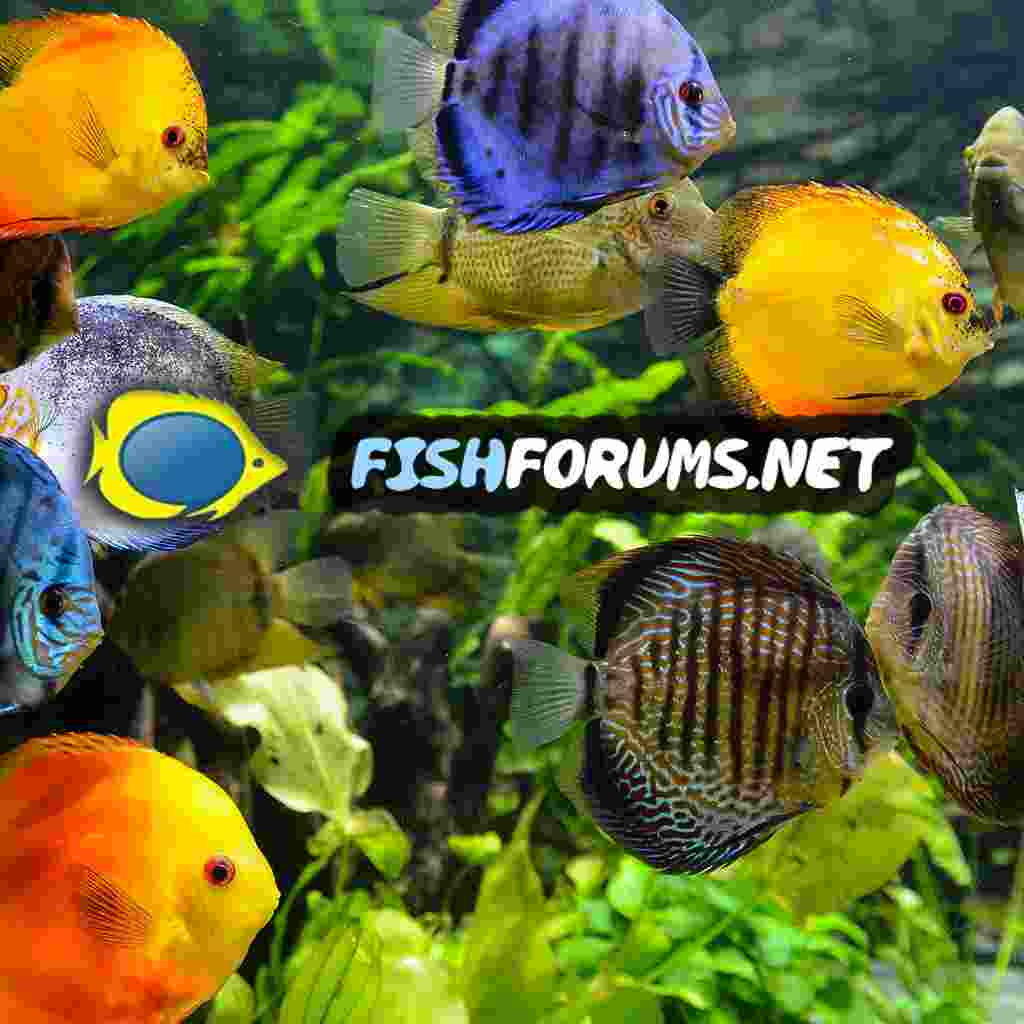Hello all!
I just set up a 10 gallon freshwater aquarium maybe a week ago, and have a bunch of questions and need advice.
I added java ferns, anubias, and dwarf hair grass in my gravel aquarium. I haven't added fish yet, because I want to make sure the water is set and proper before I add them. I plan to add community fish like guppies and tetras.
My questions are really based on the levels that are best for my tank and fish choice. I've done a lot of research on the levels and what they mean, But I'm not sure if I'm doing the right thing to get the levels right. I know plants need elements and nutrients to thrive, so I bought seachem flourish and seachem Phosphorus, Nitrogen, and potassium to makeup for the lack of those 3 elements in the flourish bottle. I just need to know a little bit about the cycle that aquariums go through, and what levels are good for those elements for the plants.
Also, I've added seachem prime dechlorinator, API Quick Start, and API pH down to the tank after testing the water. My results yesterday before adding the treatments were the pH was alkaline, high in chlorine content, and very hard water. I just tested the water again 10 minutes ago, and my nitrite and nitrate levels are safe, chlorine levels are going down towards safe, My general hardness is hard now, so it's going down, and my pH is also going down (I added pH down last night, so I'm going to retest the pH level tonight at the 24 hr mark).
If anyone has any advice on what next to do or if I'm doing the right thing please let me know.
I just set up a 10 gallon freshwater aquarium maybe a week ago, and have a bunch of questions and need advice.
I added java ferns, anubias, and dwarf hair grass in my gravel aquarium. I haven't added fish yet, because I want to make sure the water is set and proper before I add them. I plan to add community fish like guppies and tetras.
My questions are really based on the levels that are best for my tank and fish choice. I've done a lot of research on the levels and what they mean, But I'm not sure if I'm doing the right thing to get the levels right. I know plants need elements and nutrients to thrive, so I bought seachem flourish and seachem Phosphorus, Nitrogen, and potassium to makeup for the lack of those 3 elements in the flourish bottle. I just need to know a little bit about the cycle that aquariums go through, and what levels are good for those elements for the plants.
Also, I've added seachem prime dechlorinator, API Quick Start, and API pH down to the tank after testing the water. My results yesterday before adding the treatments were the pH was alkaline, high in chlorine content, and very hard water. I just tested the water again 10 minutes ago, and my nitrite and nitrate levels are safe, chlorine levels are going down towards safe, My general hardness is hard now, so it's going down, and my pH is also going down (I added pH down last night, so I'm going to retest the pH level tonight at the 24 hr mark).
If anyone has any advice on what next to do or if I'm doing the right thing please let me know.




